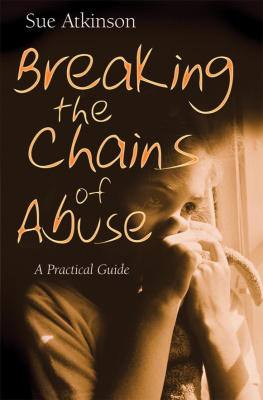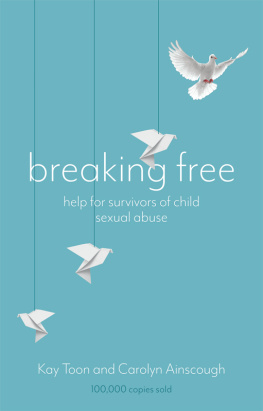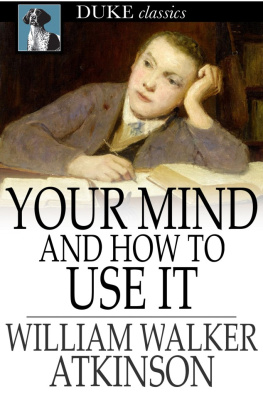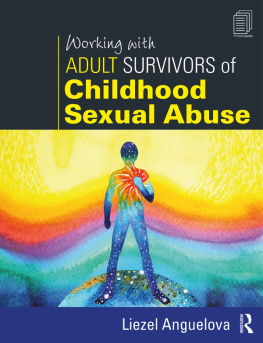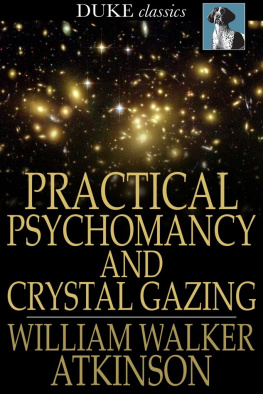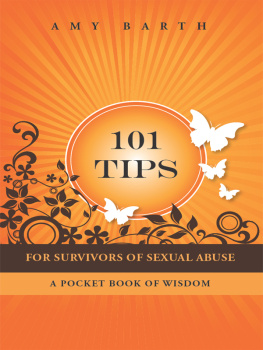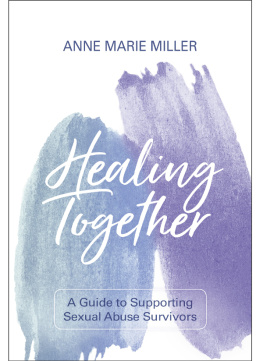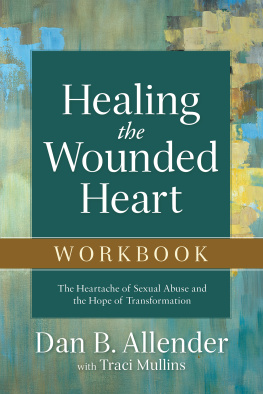
Copyright 2006 Sue Atkinson
Illustrations copyright 2006 Kate Litchfield
This edition copyright 2006 Lion Hudson
The right of Sue Atkinson to be identified as the author and of Kate Litchfield to be identified as the illustrator of this work has been asserted by them in accordance with the Copyright, Designs and Patents Act 1988.
All rights reserved. No part of this publication may be reproduced or transmitted in any form or by any means, electronic or mechanical, including photocopy, recording, or any information storage and retrieval system, without permission in writing from the publisher.
Published by Lion Books
an imprint of
Lion Hudson plc
Wilkinson House, Jordan Hill Road,
Oxford OX2 8DR, England
www.lionhudson.com/lion
ISBN 978 0 7459 5135 5 (print)
ISBN 978 0 7459 5907 8 (epub)
ISBN 978 0 7459 5906 1 (Kindle)
First edition 2006
First electronic edition 2012
A catalogue record for this book is available from the British Library
Cover image: Penny Tweedie/Getty
For David
ACKNOWLEDGMENTS
Many people helped in the writing of this book. It was within the Greenbelt Arts Festival Survivors Group that I gained the confidence to consider starting it. Thank you Concetta for introducing me to that group and for teaching me about assertiveness and forgiveness. Thank you Kirsty for leading brilliant sessions, Charlotte for friendship and for showing me I could be a princess too, Jane for so many things, especially for support during the editing process. Thank you Melanie and Abi for help with the chapter on dissociating and thanks to the Bristol Crisis Service for Women for help with dealing with flashbacks.
It has been a privilege to get to know the amazingly strong people Ive met through S:VOX and Mayumarri in Australia. Youve inspired me and taught me so much about breaking the chains of abuse. Thanks especially to Wendy who taught me how to scream and to Liz for showing me that I could heal.
Thank you John and Ruth for guiding me through those tortuous early stages. I will for ever be grateful for your considerable professional skills.
I couldnt have managed to complete this book without the support of my sisterhood friends Jane again, Sue, Elaine, Julie, Julie, Alice, Anne, Meriel and of course Kate, whose drawings of my creatures captured their characters and whose steadfast friendship and wisdom added so much to my own thinking and therefore to this book.
Thank you to my family, Jonathan, Rachel, Nick and Liz who are generous with their support and love and of course David, who is always there.
Thank you all.
Sue Atkinson
Introduction
This book is for:
people who have experienced abuse, particularly sexual abuse
both male and female, adult and child victims/survivors
parents and other supporters of abuse victims who want to know more about the effects of abuse in order to care more effectively
people in leadership positions, such as teachers, health and social workers and clergy, who need information about abuse.
This book is especially for people like these friends of mine who are survivors of abuse:
Flick, who is struggling because she has to stop therapy and she doesnt know how she will cope.
Helen, who had a T-shirt made with Silent no more on the front and I was sexually abused on the back.
Richard, who has lost two stone and has another eight to lose. He started to comfort eat after he was raped ten years ago.
Laura, who was told that if she put on weight she would be given help. So she put on weight only to find that the help was a totally unsuitable mixed gender and mixed needs group therapy, where she could not talk about her abuse. She has been told that if she stops going to the group (it is destroying all her confidence) she will get no more help at all.
Lucy, who is trying desperately hard to stop self-harming.
Ali, who became so ill after he was attacked that he became depressed and had to give up his job. Hes been unemployed for six years and is finding it hard to convince employers to take him on.
Claire, who says: I often think of a little gremlin sat on my shoulder whispering negative things in my ear. He tells me Im a waste of space and a bad person who isnt worth bothering about. Hes very good at popping up when Im at my lowest!
A communication problem
The trouble with abuse is that abused people dont much like talking or writing about what happened to them, and those who havent been abused find the whole thing so upsetting that they dont want to hear or read about it.
I hope I can solve at least some of this problem of communication by writing honestly and openly about what happened to me and to other survivors. (Ive used the term survivor as shorthand for people who were abused. I know some people dont like it much, for all kinds of good reasons, but it is such common shorthand that most people will know what I mean. It signifies the move we make, with help, from being a victim to being someone who is trying to heal. And it feels true to my daily life; I just about survive with help.)
The statistics
The statistics for child abuse, adult rape and sexual assault and adult domestic violence are shocking. Some recent research from the UK and the USA gives the following figures:
One in four girls and one in nine boys experience some kind of abuse in childhood.
One in eight women and one in twelve men report that they were sexually abused before the age of sixteen.
One female in four experiences domestic violence at some point in her life.
One male in nine is abused at some time in his life. (But we know that the figures for men represent considerable under-reporting by men and some say it is at least one man in seven and probably more than that).
In the UK in 1999 over one in three female murder victims were killed by their present or former partner.
The NSPCC says that in the UK, more than one child dies each week as a result of abuse by an adult.
In the USA it is estimated that there are 60 million survivors. Thats about 20 per cent of the population, or one in five people.
Statistics vary, but it seems that a huge percentage of the prison population were abused as children.
As Ive trawled through books and research reports to verify statistics, one phrase crops up again and again:
Our results show only the tip of the iceberg because most abuse is not reported.
Although I know that more people are abused than is generally recognized, I feel deeply shaken by these statistics.
Its time for the abusers to be afraid, because the culture of secrecy and silence that they need is being smashed apart as researchers shout to the world that all is not well.
Ways to use this book
This book contains practical ideas to help you to recover from the traumatic effects of abuse.
It is a book to do as much as to read, so you might want to read it all the way through or you might prefer just to dip into activities that suit your needs at that moment. (For example, finding coping strategies for dealing with panic and so on.)
You will get more from it if you treat it as a workbook and actually do some of the activities, so you will need a range of pens and pencils, and at least one notebook.
You can develop some of the activities with crayons and paints etc. But if that doesnt grab you, just miss those bits out and come back to them later.
If you have a supporter you could tell them you are reading the book. Sharing some of your work with them might help you to make considerable progress.

